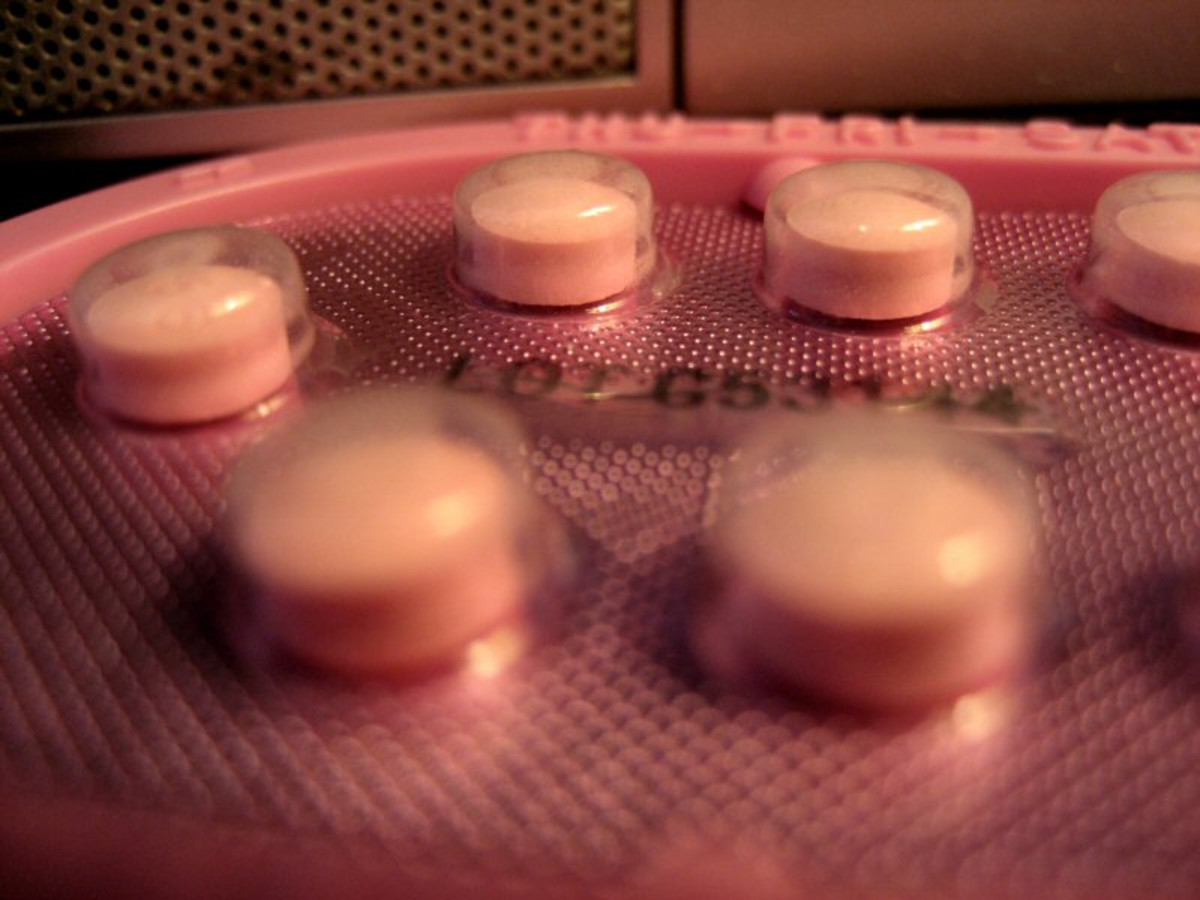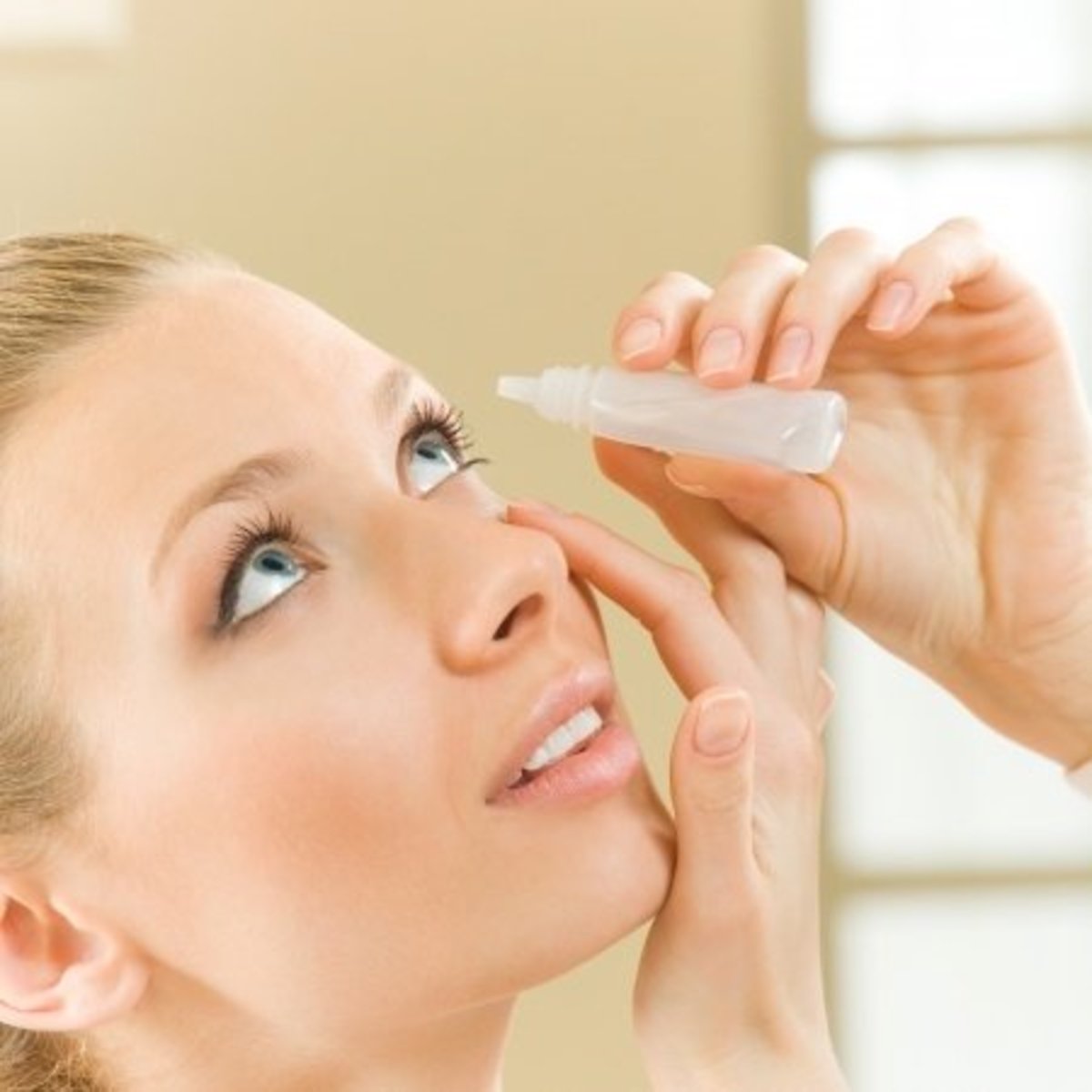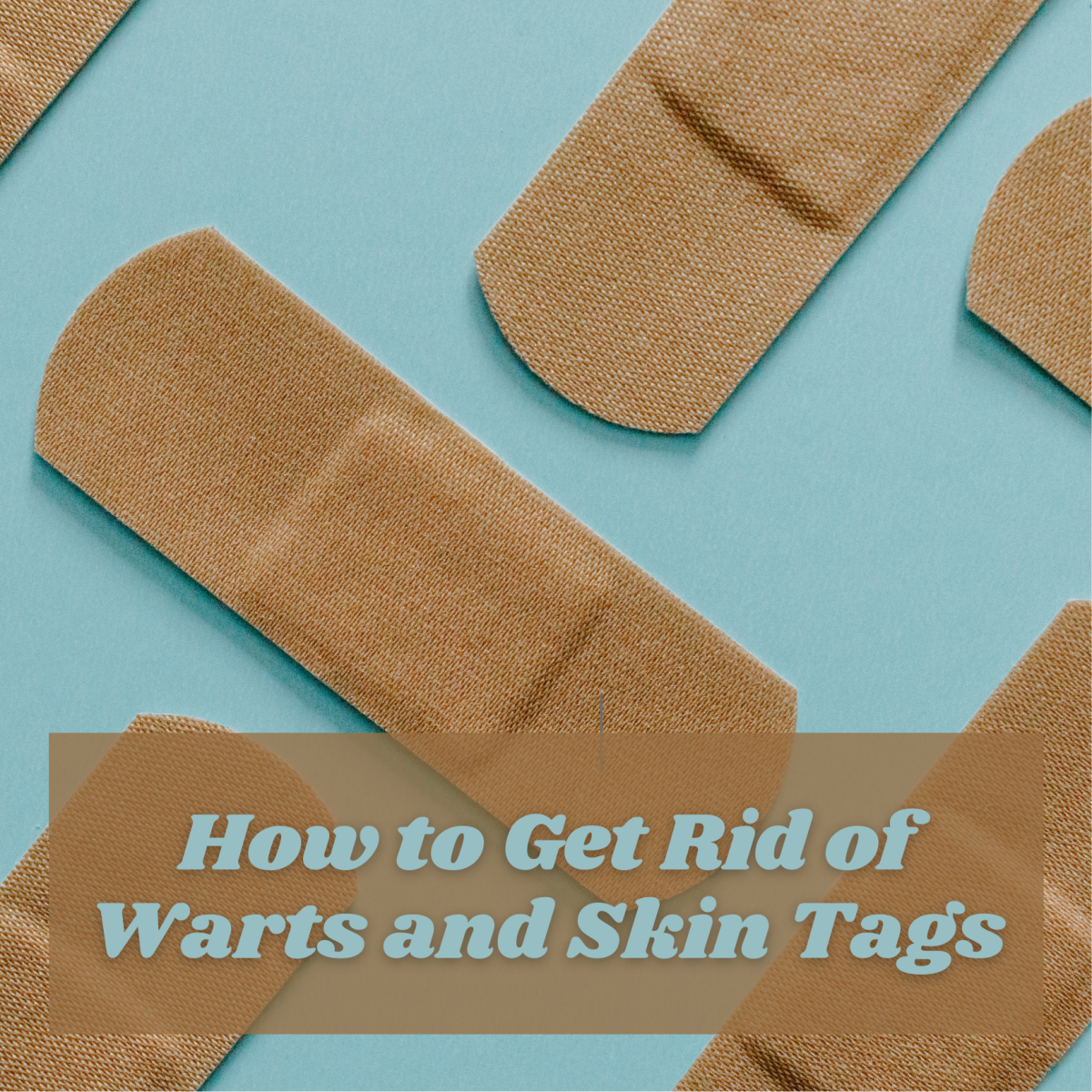Treatment of Women with Polycystic Ovary Syndrome
Treatment of Women with Polycystic Ovary Syndrome
Polycystic ovary syndrome is the most common reproductive disorder of young women. It was estimated that 2007 in the United States alone more than 4 billion dollars was spent in either the evaluation or the treatment of polycystic ovary syndrome, which centered on menstrual dysfunction, infertility, diabetes, abnormal hair growth, and essentially not considering the risks of pregnancy complications, and other costs involved with polycystic ovary syndrome. The diagnosis of polycystic ovary syndrome is consisted of selecting either two of the three abnormalities.
- Clinical or biochemical evidence of androgen overproduction.
- Irregular menstruation due to a woman not ovulating, and the presence of polycystic ovaries. This was excluding other endocrine abnormalities that are rare in the population of young women, including various types of rare tumors, adrenal abnormalities which also produce male hormone production, and other types of abnormalities that are rare and infrequent when tested for polycystic ovary syndrome.
Using ultrasound imaging the criteria for a polycystic ovary as compared to polycystic ovary syndrome is the presence of 12 or more follicles each containing an egg, with either increased ovarian volume of greater than 10 milliliters consistent with the presence of polycystic ovaries in a patient? Either one or two ovaries is sufficient to make the diagnosis and these ultrasound images do not pertain to individuals using oral contraceptives, because the ovaries are smaller on oral contraceptives and in the event an individual has a cyst, or a growing follicle from anovulation, then of course, ultrasound is done in the absence of that cyst to get an appropriate measurement of the ovarian volume.
With these criteria one can see that there are essentially three phenotypes or types of polycystic ovary syndrome. The most severe form and the most common form in the United States is the presence of androgen excess and irregular ovulation. Most of those women also have polycystic ovaries as well, and this phenotype or type consists of about 75% of all women with polycystic ovary syndrome. It is important to recognize; however, that there is milder types of polycystic ovary syndrome. For example, androgen excess with polycystic ovaries in the absence of any ovulatory dysfunction or anovulation is a much more milder form and perhaps the mildest form is the presence of polycystic ovaries and ovulatory dysfunction with the total absence of androgen excess and this needs to be kept in mind when the diagnosis of polycystic ovary syndrome is made, because each individual represents a specific type of PCOS, which obviously has different implications for both reproductive and metabolic, or long-term health care.
In the clinic when we come across women with polycystic ovary syndrome or possibly having this type of finding we look for what is called the Ferriman-Gallwey score or a clinical inspection of how we see the presence of coarse terminal hair on the patient generally in a male type pattern of distribution. This tends to be regions of the body which are central to the body including the upper lip, the chin, the front of the chest between the breasts or the sternum, the lower and upper abdomen along the midline, the proximal, or near aspects of the arms and legs and finally the back along the middle of the back and the sacrum in the lower part of the abdomen. Using these criteria there is a semi-quantitative scale that we can use to assess whether there is evidence of clinical hirsutism or coarse terminal hair in a male distribution on physical examination. The scoring system is relatively crude because it does not factor in people’s emotional aspects of what they feel about their hirsutism, nor does it look at all areas of the body that are tending to grow abnormal hair growth in response to elevated androgen levels, and maybe most importantly, it does not factor in ethnic groups, particularly individuals who come from ethnic groups of Mongolian races, largely the Asian population, Eskimos, Native Americans tend not to have that same types of hair follicles, nor their number and therefore can have severe elevations of androgens, and not necessarily have this present on physical examination.
For this reason we also fall back on blood testing to measure male hormones. It is important to recognize that when the doctors measure testosterone it is the principal male hormone that it is measured essentially in the early morning hour in the early part of the menstrual cycle, and this is because testosterone levels change throughout the menstrual cycle varying by almost 25 percent throughout the follicular phase or early part of the menstrual cycle and have the highest levels in the morning due to changes throughout the day in circulating levels of testosterone.
We can also measure free testosterone, which essentially represents the amount of testosterone that is biologically active. This calls for specific blood tests in specific laboratories that have assays developed to measure low amounts of free testosterone in a consistent and reproducible manner. Another source of male hormone production is actually the adrenal gland and not the ovary and the adrenal gland resting on top of the kidneys is also capable of overproducing male hormones generally through various types of genetic diseases, or sometimes rare tumors. For this reason we measure a hormone called 17-hydroxyprogesterone (17-OHP). This is a hormone that really reflects a type of genetic disease called late onset congenital adrenal hyperplasia, which tends to be more frequent in certain populations of individuals; individuals who are from Ashkenazi Jewish background, Hispanic individuals and those from either Yugoslavian, or Mediterranean populations. Also another male hormone that comes from the adrenal gland is another hormone that we call DHEAs a very mild hormone in terms of its action, and though it is elevated in a small percentage of individuals who have normal testosterone levels it generally is unlikely to affect the clinical care of the patient.
So what is the treatment of hirsutism and these various abnormalities that bring the patients to come and see the doctor? Hirsutism as I mentioned before is the presence of coarse terminal hair present in the body in a male pattern distribution. The first and foremost strategy is oral contraceptive therapy, because oral contraceptives suppress male hormone production from the ovary. In addition, we can combine oral contraceptives with other medicines that work specifically at the level of the skin to block androgen action and these anti-androgenic medications as they are known consist of various types including cyproterone acetate (CPA), which is not present in the United States for use; however, used in other parts of the world, spironolactone, flutamide, and finasteride, are all various type of medicines that are aimed at blocking androgen action to some degree at the level of the skin.
Also individuals can use medicines that try to inhibit the growth of the hair follicle, a medicine called eflornithine hydrochloride is one such medication, but ultimately coarse terminal hair that is already present on the body essentially needs to be removed because all of the medical therapies are aimed at slowing the growth of the hair follicle, and making it the commonly used therapies for local removal tend to be temporary cosmetic strategies often used by patients before they see the doctor, including bleaching, chemical agents, shaving and waxing. However, any of these therapies are associated with mild or moderate forms of what is called folliculitis, irritation to the skin from plucking or removing the hair. As a result there are other ways of doing it, which consist of either electrolysis, which is the local destruction of the hair follicle on an individual basis, or now the more common use of various types of lasers, which can cover large areas of skin over relatively short periods of time, although they tend to be more expensive than some of the other therapies that I alluded to earlier.
A reproductive endocrinologist sees a lot of individuals who are having problems with infertility and largely this is because individuals with PCOS do not ovulate on a regular basis if at all. There are three principal hormones that have been linked with the inability to ovulate in women with PCOS:
- Perhaps the most important is the elevated level of androgens and neurometabolites in the ovary are capable of inhibiting the ability of the granulosa cells within the follicle that make estrogen, and nurture the egg to proliferate and grow.
- Another possible mechanism is that the same granulosa cells normally make a hormone called anti-mullerian hormone, which acts in the level of the ovary itself, and if made in excess as it is in PCOS also tends to inhibit follicular growth.
- Finally insulin elevations in part related to obesity or other factors can arrest the growth of these granulosa cells and also inhibit growth of the follicle.
These are really the underpinnings of the mechanisms responsible that the doctor addresses when giving people medicines to ovulate. Under normal circumstances the brain talks to the ovary and the ovary communicates back to the brain and what we call a negative feedback inhibition system. In other words, the brain sends out hormones one including follicle stimulating hormone to travel into blood, to go to the ovary and make the follicles grow. As the follicles grow they produce estrogen which returns through the circulation to the brain to tell the brain the follicle has sufficient stimulation, and this clamps or suppresses FSH in a closed-loop system. The reproductive endocrinologists knows that if we can push the FSH in the blood we can drive the follicle to grow and we can do that by either inhibiting estrogen production by blocking its synthesis through an enzyme called aromatase, or the endocrinologist can block the effects of estrogen on the brain by giving a medicine, which is “an anti-estrogen.”
Clomiphene citrate is an anti-estrogen, which is commonly used as first-line therapy for ovulation induction in polycystic ovary syndrome. Metformin is a medicine called an insulin sensitizer which lowers instant levels in the circulation and to some degree lowers androgen levels as well. Metformin does not differ from clomiphene regarding ovulation induction, pregnancy, live birth, or miscarriage rates. We have some alternatives on which agent to use one versus the other. Clomiphene citrate acts rapidly to block steroid negative feedback, but by blocking steroid negative feedback the FSH can go up to drive the follicle and sometimes more than one follicle could grow; as a result clomiphene citrate is associated with approximately a 5 to 10 percent multiple birth rate while metformin gradually reduces insulin levels, and tends to be associated with the lower multiple birth rate. This means that the physician has some strategies as to how to use one medicine versus other. Clomiphene for example might be preferred when time to conception is essential often in women beyond the mid 30s where essentially they are trying to get pregnant as soon as they possibly can. Metformin particularly with lifestyle changes is an option for those individuals where conception is not urgent, or perhaps if reduced multiparity or multiple birth rates are desired, for example, if somebody has had a history of weakened cervix or damage to the uterus in which multiple birth rates would be associated with an increased risk for premature labor.
More recently the ability to block aromatase, which makes estrogen, has also been a clever way to introduce ovulation protocols for women with PCOS by elevating FSH. These medicines go by the name of letrozole or aromatase inhibitors, and there is some evidence that letrozole is more effective than Clomid for ovulation induction because its possible advantages are a lower incidence of multiple birth because hormone negative feed backs are left intact, lower estrogen levels, this might be important in individuals who have estrogen dependent diseases; history of blood clots in the legs, history of breast cancer with estrogen receptor positive markers and also letrozole does not necessarily have the anti-estrogen like effect on the uterine cavity, or the lining which also is a side effect in some individuals taking clomiphene citrate. So aromatase inhibitors might also be a third option available for people with ovulation disturbances in PCOS.
Obesity influences the PCOS phenotype by unmasking the symptoms of androgen excess in susceptible individuals. All individuals gain weight around their abdomen as they gain weight through an increase in body mass index, which is an estimate of one’s weight versus one’s height, but individuals with polycystic ovary syndrome have a propensity to put on weight around their abdomen, the so called apple versus the pear body fat distribution. This is important because central adiposity around the abdomen is associated with a feature called metabolic syndrome, which is the constellation of abnormal abdominal fat, hypertension, elevated glucose levels, and abnormalities of lipid levels, particularly high density lipoprotein suppression, and elevation of triglycerides. For this reason individuals coming in with a possible diagnosis of polycystic ovary syndrome should undergo some basic physical examination features, blood pressure checks to rule out hypertension greater than 130/85 mmHg, they should be weighed to determine their body mass index with 25 to 30 kilograms per meter squared (m2) representing overweight, and over than 30 kilograms per meter squared (m2) representing obese. In the United States it represents two-thirds of the population.
Finally, abdominal circumference by measuring the girth of the abdomen at the top of the hips or the iliac crest the doctor can feel on physical examination. In most individuals who are Caucasian or African-American that should be under 88 cm, or less than 35 inches, and in certain individuals again referring back to individuals of the Mongolian ethnicity those numbers are reduced to compensate for those factors so that the range there should be under 80 cm or less than 31.5 inches. Quality of life assessment needs to be addressed because women with polycystic ovary syndrome have a higher incidence of what we call mood affective disorders associated with depression and these disorders are now associated with independent risk factor for cardiovascular disease. Finally a 2-hour oral glucose tolerance test to rule out pre-diabetes, or diabetes and a fasting lipid profile that looks at the various types of lipoproteins including total cholesterol, high-density lipoprotein, low-density lipoprotein and triglycerides.
Those individuals who are overweight with a BMI of greater than 25 kilograms per meter squared lifestyle intervention consisting diet and exercise is the #1 strategy. In those individuals who have a BMI of over 30 kilograms per meter squared or even less as low as 27 kilograms per meter squared if there is a comorbidity such as pre-diabetes, then medications have been newly developed to look at these managements to trying to bring down body weight in individuals.
Finally, third tier therapy, if the body mass index is over 40 kilograms per meter squared, or perhaps less to a range of 35 kilograms per meter squared with a comorbidity of hypertension, or diabetes then bariatric surgery might be an indication.
In individuals who undergo bariatric surgery their profound weight loss is associated with tremendous shifts in their metabolism including the potential for the loss of critical fat soluble vitamins. So it is recommended that surgery should be performed and then conception should be delayed one full year until we know that the nutritional status of the woman is appropriate to sustain a normal pregnancy, and this is an important feature again dealing with individuals who in their latter part of their 30s who try to balance conception ultimately with adequate health. It is good to suggest one controversy because it is very important for everybody, and that is, the diagnosis of the polycystic ovary by ultrasound criteria when it was developed several years ago did not factor in the age of the woman, and that is a crucial bit of information, because not surprisingly if you look at normal women going through puberty, particularly within the first 6 months of their menses, 51 percent of them have menstrual irregularity, very few of them have clinical hirsutism because it takes time for that to occur and 35 percent of those young women had polycystic ovaries using an abdominal ultrasound, which is not even as precise. This tells us that if you use the criteria that we normally standby you are going to over diagnose the polycystic ovary, and you are going to under diagnose clinical hirsutism because there is insufficient time. That is why the current recommendations although imperfect have recommended that in adolescent girls all three elements of the Rotterdam Criteria should be used to diagnose polycystic ovary syndrome, biochemical tests rather than clinical hirsutism should be used because it can measure the blood and we do not necessarily see the hirsutism on exam and finally one should wait at least two years after puberty begins or menses begins till the people establish their normal menstrual pattern, or not and then polycystic ovary should perhaps better be defined by their size rather than by the follicle number, which is going to be high in individuals who are young.
This content is accurate and true to the best of the author’s knowledge and is not meant to substitute for formal and individualized advice from a qualified professional.
© 2020 Putcha Venu Madhav








